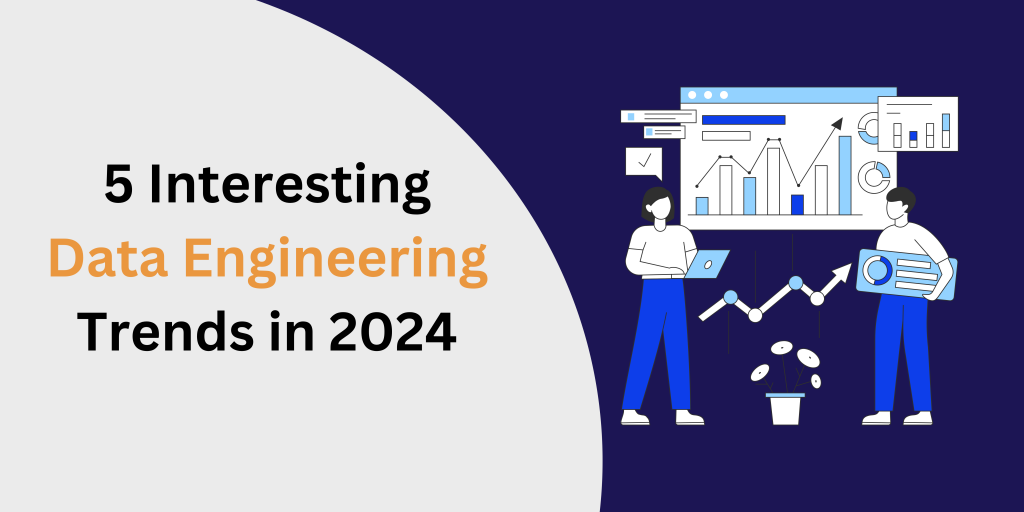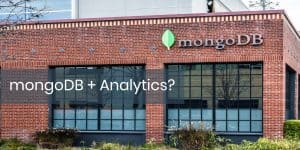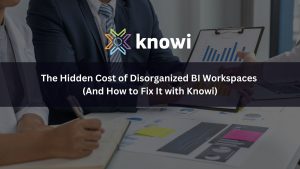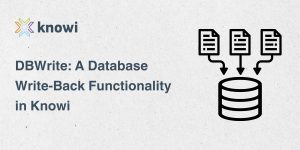The need to foster innovation has become paramount in today’s data-driven world. Data engineering, the discipline bridging the gap between data collection, storage, and retrieval, sits at the core of this transformation. As the data landscape undergoes continuous evolution, businesses are on a constant look out for new ways to use data effectively.
From democratizing data analytics through user-friendly platforms to strengthening data governance, and from leveraging cloud-based data solutions (DaaS) to refining the capabilities of large language models (LLMs) with retrieval-augmented generation (RAG), each trend showcases the multifaceted future of data.
Let’s explore these upcoming trends in data engineering that are not just reshaping the industry but are also pivotal in driving business growth and innovation
Traditionally, data analysis relied on technical users to query datasets, create visualizations and help non-technical users to derive insights from their data. Non-technical users relied heavily on these technical users even for the smallest of data questions while technical teams struggled to answer all business questions quickly because of their small team size. This, in turn, impeded decision making and prevented businesses from driving growth through data.
No-code platforms address this issue by enabling non-technical users to build data analysis workflows through a simple drag-and-drop interface. Low-code platforms also offer this drag-and-drop capability but require a minimal amount of coding. In both cases, unlike traditional BI tools, the learning curve is significantly lower, allowing business users to immediately draw insights from their data and take action for business growth. These platforms also provide Gen AI support in querying, troubleshooting and providing syntax if you want to write a code, this further helping non-technical users to build their dashboards.
With data becoming more central to business operations, there has been increased focus on data governance. Data governance helps to ensure that data is usable, accessible, and protected and treats data as an asset. Ensuring compliance with regulations like GDPR is important, highlighting the need for robust data governance strategies. This is not just a corporate responsibility; consumers too are becoming more vigilant about how their data is used, prompting a rise in legal tech solutions to navigate these complex waters.
Data as a Service (DaaS) represents a paradigm shift in data management, positioning itself as the next frontier in cloud computing services following Infrastructure as a Service (IaaS), Platform as a Service (PaaS), and Software as a Service (SaaS). DaaS centralizes data management, offering a streamlined way for companies to share and leverage data across borders.
Traditionally, data was siloed within departments or treated as a proprietary asset, limiting its potential value. DaaS challenges this notion by treating data as a shared resource, thereby enhancing its utility and fostering innovation through broader accessibility.
Some key benefits of DaaS include simplified data-driven decision-making by providing processed, ready-to-use data and enhanced insight generation as it merges internal and external data sources, providing a comprehensive view of business landscapes.
Retrieval-augmented generation (RAG) helps you enhance the accuracy and reliability of your LLMs. LLM training data is static and has cut-off data on the knowledge it has. Additionally the nature of LLM technology leads to LLM models to give out unpredictable responses. Some of the key challenges of LLM models include giving out false information when it doesn’t have an answer, giving out dated or generic information and presenting responses from authoritative sources.
RAG helps solve these challenges. It supports LLMs by fetching facts from authoritative external sources, preventing LLMs from generating false or less authoritative content.
Real-time data processing involves analyzing data immediately as it is generated, allowing businesses to gain instant insights and respond to events and trends as they occur. Unlike batch processing, which collects data over a period before processing, real-time processing ensures that data is continuously ingested and analyzed, offering a continuous stream of actionable insights.
As we move further into the digital age, the demand for real-time data processing will continue to grow. Businesses will increasingly rely on technologies and architectures that can support instantaneous data analysis to remain competitive. Innovations in computing power, storage solutions, and data processing frameworks will further enhance the capabilities of real-time systems, making them more accessible and effective for a wider range of applications.






